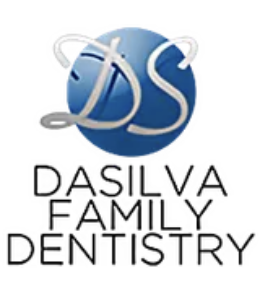
TMD Therapy
Learn All About TMD Therapy
Temporomandibular disorders (TMD) affect the jaw muscles, facial nerves, and temporomandibular joint. When your jaw is working properly, you probably pay no attention to the complex network of joints, muscles, and nerves that work in conjunction with one another every time you open or close your mouth. However, when just one of these functions is affected, it can cause a significant amount of pain and discomfort. TMD Therapy may be able to help you.
What are the symptoms of temporomandibular disorders?
Although there are various different types of TMD, they can all cause the same range of symptoms. These include:
- Pain or soreness in the jaw
- Pain behind the eyes or around the ears
- Headaches
- Pain in the neck or shoulder
- Ringing in the ears
- Difficulty opening or closing your jaw
- Teeth clenching
- Popping or clicking of the jaw
- Teeth sensitivity
- Nerve numbness
- Changes to your bite
How Does TMD Therapy Work?
Before prescribing TMD therapy, your dentist will examine your teeth, gums and jaw to rule out any other causes of discomfort. Upon evaluating your symptoms and their onset, your dentist may advise you to follow a therapy regime to relieve your symptoms. TMD therapy can include various factors, such as resting the jaw or using a warm compress to relax the muscles. One of the most effective ways to treat TMD, however, is by using clear correct aligners.One of the primary causes of TMD is excess stress of pressure on the temporomandibular joint. This often occurs when teeth are improperly aligned. If your teeth are overcrowded, for example, this will affect your bite, which has an impact on how you open and close your jaw. By resolving the underlying alignment issue, Clear correct aligners redistribute pressure and prevent excess stress from causing inflammation in and around the temporomandibular joint.
